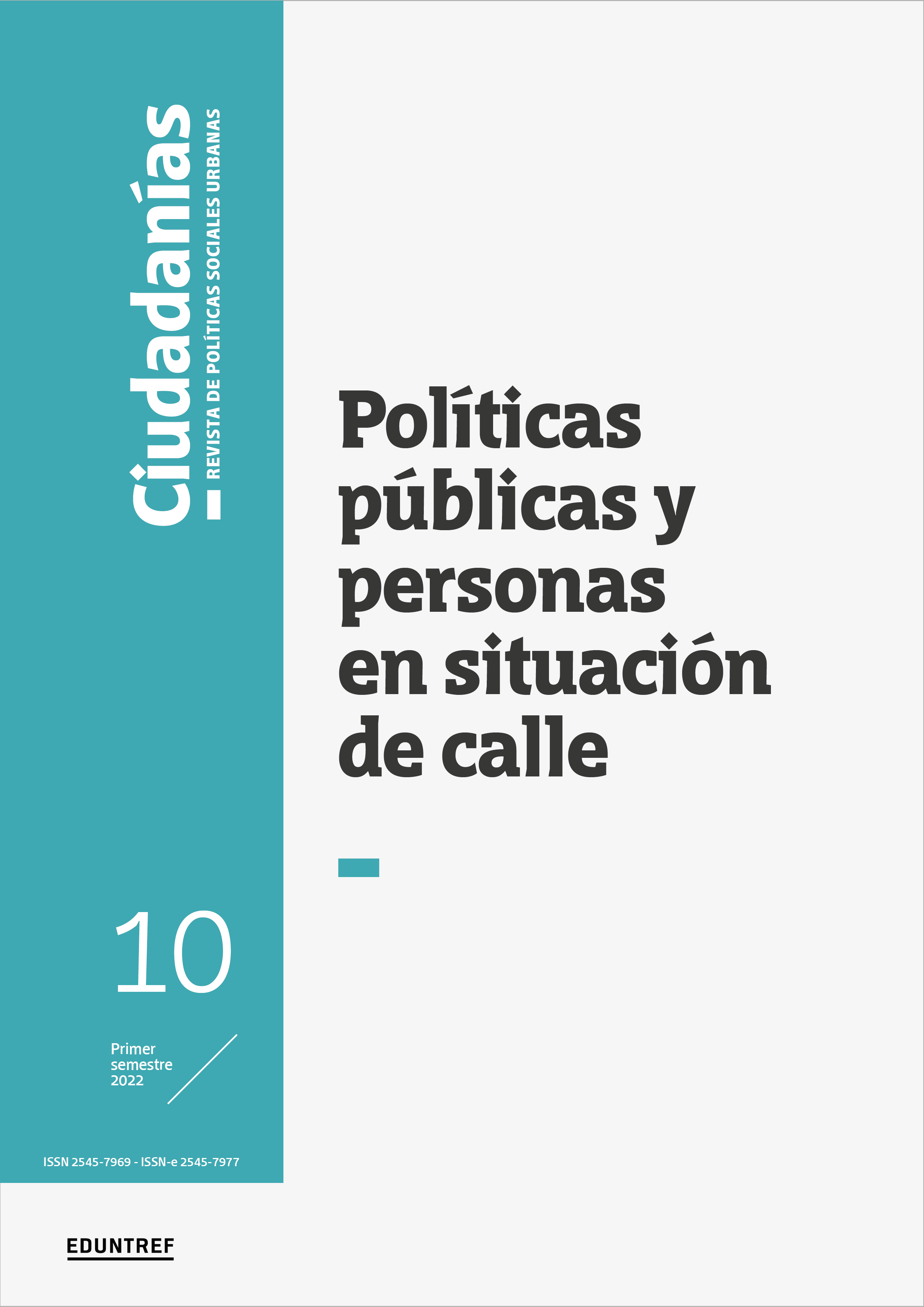Abstract
This paper identifies elements related to the socio-spatial segregation of homeless people in Bogotá between 2012 and 2019 based on the analysis of studies on the geographic location and characteristics of inhabiting the territory of the people developed by the Mayor's Office of Bogotá, academics, universities and social organizations. Based on these documents, the paper proposes that the segregation of homeless people involves social dynamics and cultural practices as fundamental elements, and, in addition, the will of the person as an element that produces their self-segregation, beyond the aspects that have been studied as constitutive elements of spatial segregation such as proximity or distance, accessibility, mobility, infrastructure of goods and services, housing market, among others.

